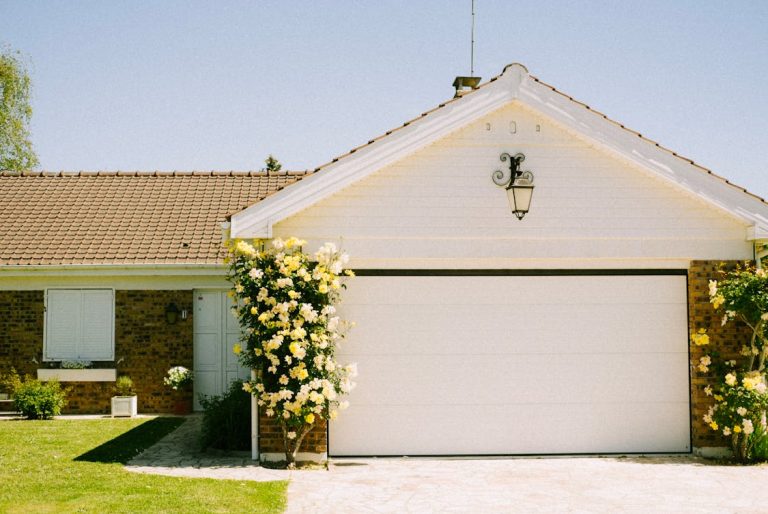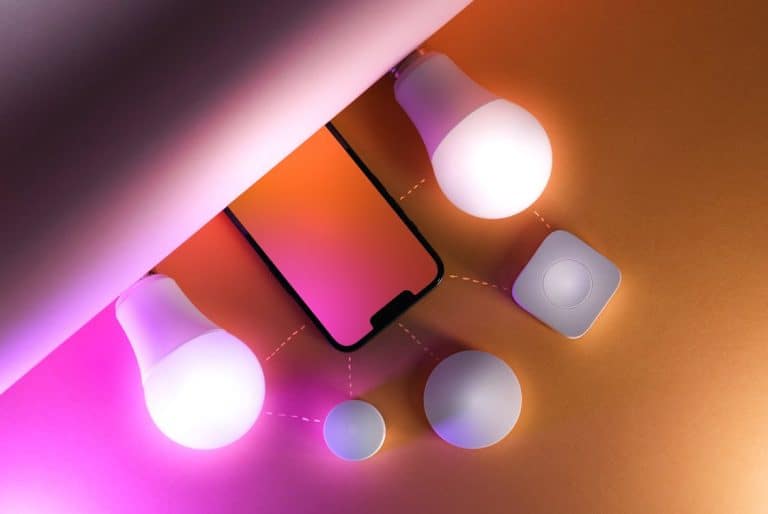The right color palette in real estate can act as a silent ambassador, often beginning the selling process before a single word is exchanged. White and its variations have long stood as a top choice for their ability to offer a pristine backdrop that allows potential buyers to imagine their future lives unfurling within the …
The Meaning of Color in Real Estate: How Hues Influence Home Sales

The right color palette in real estate can act as a silent ambassador, often beginning the selling process before a single word is exchanged.
White and its variations have long stood as a top choice for their ability to offer a pristine backdrop that allows potential buyers to imagine their future lives unfurling within the walls.
The neutrality of white provides a versatile foundation, adaptable to any prospective homeowner’s dreams and style preferences.
Yet, while the simplicity of white endears itself to many, the ever-evolving palette of the real estate market is influenced by broader design trends, expert predictions, and even the psychological effects of hues on human emotions.
The selection of colors marketed in the property world – from listings in Architectural Digest to Zillow – are telling of the visual strategies that aim to make properties irresistible to buyers.
As design influences like Pantone release their annual Color of the Year, the industry takes note, with real estate professionals ready with their insights on what colors will help sell homes faster and why.
Understanding the Significance of Color Dynamics
Colors are simply visible light, varying in wavelength, which the human eye perceives and the brain interprets.
Without light, color loses its vibrancy, a truth we observe in the darkness of night.
Key Elements of Color:
- White: Combination of all color wavelengths
- Black: Absence of reflected light
Grounding this concept, Sir Isaac Newton’s color theory revealed how white light splits into a spectrum of seven colors when passed through a prism.
Foundational Colors:
- Primary: Red, Yellow, Blue
- Secondary: Purple, Green, Orange (created from mixing primaries)
From there, tertiary colors and a multitude of shades are derived, broadening the palette available to our vision.
Color in Communication:
- Emotions: Red is often associated with intensity, while green can suggest jealousy.
- Clarity: The phrase “black and white” is commonly used to describe clear, unambiguous situations.
Colors are deeply embedded in the lexical choices used to express feelings or clarify statements due to their powerful associative meanings.
Our Brains Don’t Like To Be Surprised By Different Colors
When choosing colors, there’s no universal right or wrong, yet hues that stray from our expectations can cause a mental double-take.
For instance, blue strawberries, although real, challenge our customary palate. Red berries signal ripeness and sweetness, a sensory association that might not align with a blueberry’s flavor—even in a blind taste test.
Similarly, the way we perceive skin tone has evolved. What was once labeled “flesh” in crayon boxes now goes by “peach,” acknowledging the diverse spectrum of skin colors.
Unexpected food coloring also demonstrates how color influences our taste experience.
Pink or red milk might slide by as a quirky delight, but green or yellow milk often triggers aversion.
The 1980s saw a peculiar trend at wedding receptions, where mashed potatoes were tinted to match the bridal party’s attire.
One could encounter aqua or peach spuds, which, despite the visual synchrony, may not be as appetizing as the classic golden-hued version with butter.
These examples underscore a fundamental aspect of human behavior: there’s a certain discomfort that arises when the color of an item doesn’t align with ingrained expectations.
This suggests that while we have a diverse palette of colors at our disposal, it’s the familiar ones that often bring comfort and predictability to our senses.
Why ‘Off-White’ Reigns Supreme in Real Estate
Selecting the perfect paint color for wide appeal often leads property builders to choose varieties of white. This preference for “off-white” stems from its versatility as a nearly universal backdrop. It offers the following advantages:
- Universal Appeal: Off-white is less likely to clash with personal preferences, as opposed to specific colors which are subjectively liked or disliked.
- Visual Cleanliness: Shades of white convey cleanliness and freshness, allowing spaces to feel well-maintained.
- Design Flexibility: A neutral off-white pallet allows new homeowners to envision and customize their space without the constraints of existing color schemes.
- Historical Use: White has a longstanding history in artistic expression, often used to create space and highlight other colors.
Builders opt for off-white to ensure that interiors appeal to the widest range of potential buyers. This hue acts as a safe, neutral choice that enables cost-effective mass appeal.
Guidance From Color Experts
Color specialists provide essential advice to manufacturers in fields such as appliance, bathroom fittings, tiles, and lighting.
Their recommendations often mirror wider cultural phenomena.
For instance, a recent film boosted the popularity of pink, echoing in design choices for new constructions.
Similarly, nostalgic hues like the purples associated with childhood icons find their way into merchandise that resonates with adults’ fond memories.
Fashion trends also sway color consultants.
Design houses like Valentino favor bold red, infusing collections with vibrant energy, whereas Armani is known for more subdued tones, implementing shades of brown and gray.
Homeowners and sellers alike aim to keep up with these evolving color fashions, whether fully adopting them or simply acknowledging their influence.
The Evolution of Hues in Property Design
Colors in property design have traversed a long path, with the earliest options being far from varied. In the early 20th century, houses and their components dressed in a singular color palette.
Much like the early hues of automobiles and appliances, such as the Model T offered predominantly in black to streamline costs during wartime, homes weren’t brimming with color selections.
Transformations through Time:
- 1914: The Model T car was uniformly black; echoing the limited color choices in homes.
- Post-War Period: A resurgence of colors in everyday items reflected in home fixtures.
- Modern Preferences: A move towards neutral, timeless colors in home design elements.
By the mid-20th century, technicolor dreams invaded the kitchen with a range of tones in appliances, leading to vibrant colored fixtures that would inevitably fall out of favor for today’s preferred stainless steel’s sleek look.
Choice Trends in Fixtures and Fittings:
- Past Preferences: Bold colors like coppertone and harvest gold once favored.
- Contemporary Classics: Natural hues of marble and stone now herald sophistication.
Constructing a home today means deliberating on a medley of color combinations for countertops, flooring, and tiles, with builders and designers often leaning towards the subtle elegance of natural tones and textures.
Nature-Inspired Selections:
- Marble and Stone: Sought after for their inherent, unaltered beauty.
- Engineered Alternatives: Artificially reproduced patterns that mimic rare stone variants.
Despite the existence of marble that boasts unique colors and patterns such as aqua veins or gold flecks, the rarity and expense make them treasures reserved for the luxury segment.
Meanwhile, technology grants the whimsical fantasy of endless color possibilities through digitally illustrated tile patterns, catering to every imaginable design aesthetic.
No Matter What Color, It’s All About You
Colors influence emotions and mental states uniquely for each person due to how individual eyes and brains respond to the spectrum of light. Consider this when viewing real estate:
- Personal Response: Observe your feelings towards color in the setting.
- Variety: Each color interaction elicits a distinct emotion.
- Subjectivity: What resonates positively for one may vary for another.
Remember, there’s no universally ideal color—only the individual reaction one experiences.
Mortgage Lender Assessment
| Lender | Benefit Highlights |
|---|---|
| Legacy Home Loans | Targeted Services – Predominantly aids Black homeowners |
| Rocket Mortgage | Buyer Incentives – Offers up to $10,000 in closing cost credits |
- Ethical Considerations: Lenders such as Legacy focus on serving historically underserved communities.
- Incentive Programs: Programs providing cash credits can significantly reduce initial home-buying expenses.
- Lenders differ in services and incentives, making comparison important for prospective buyers.









